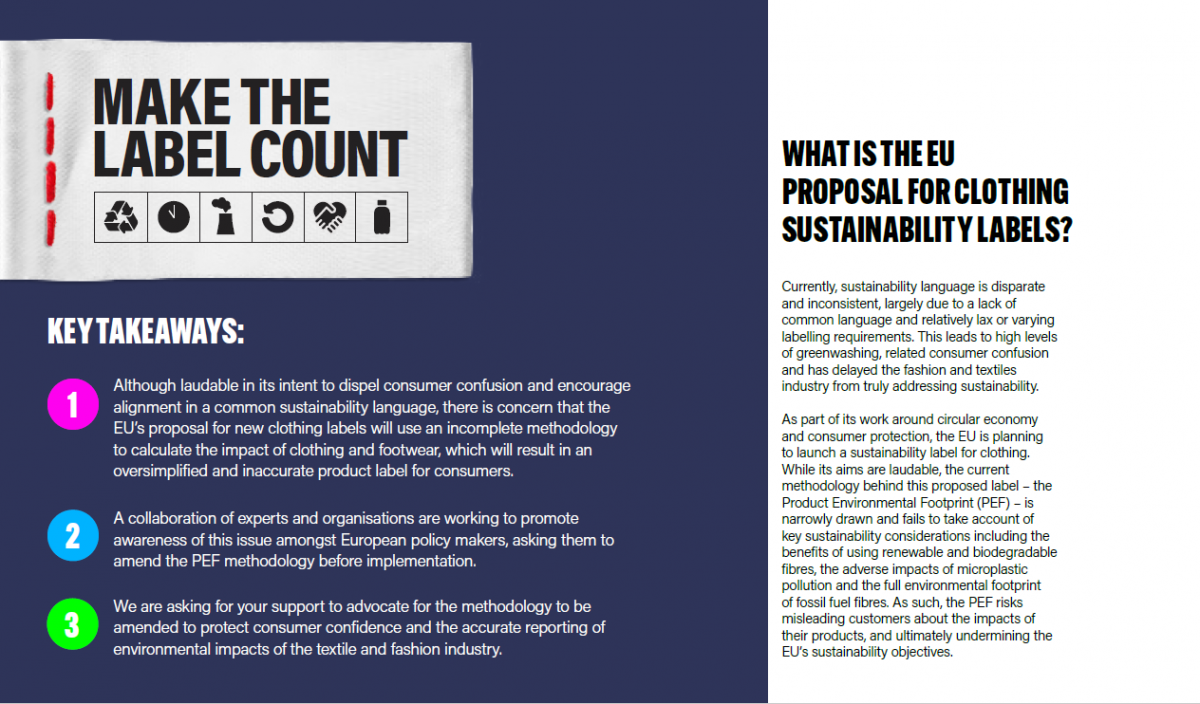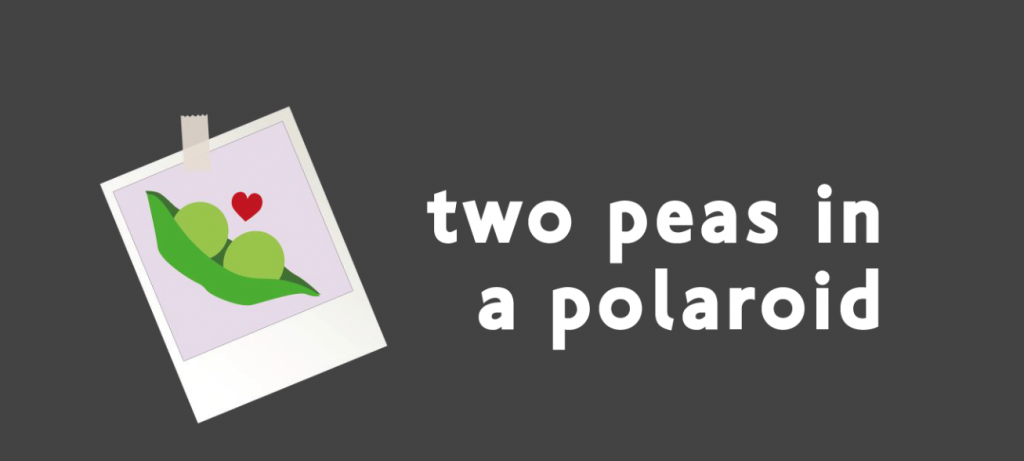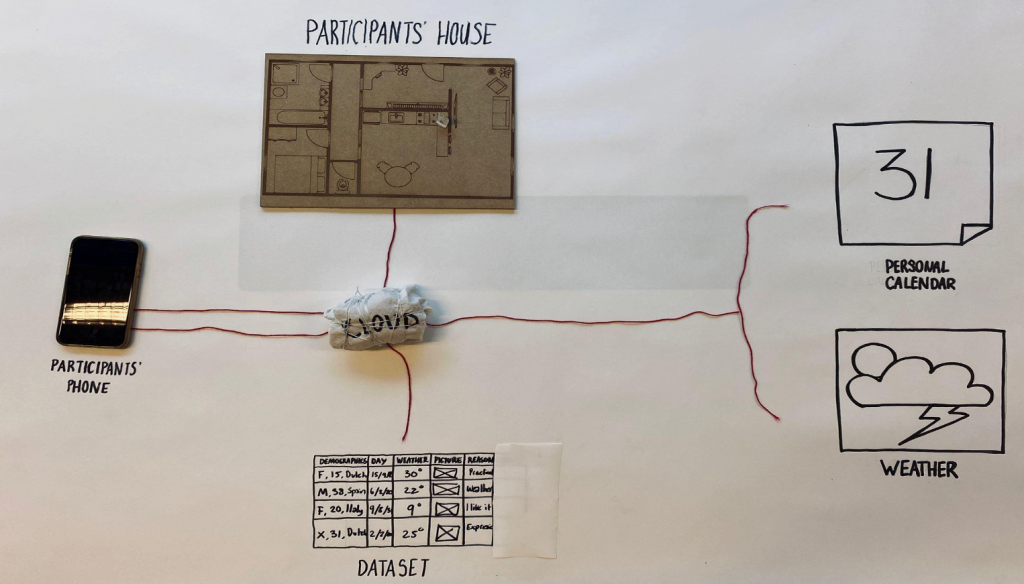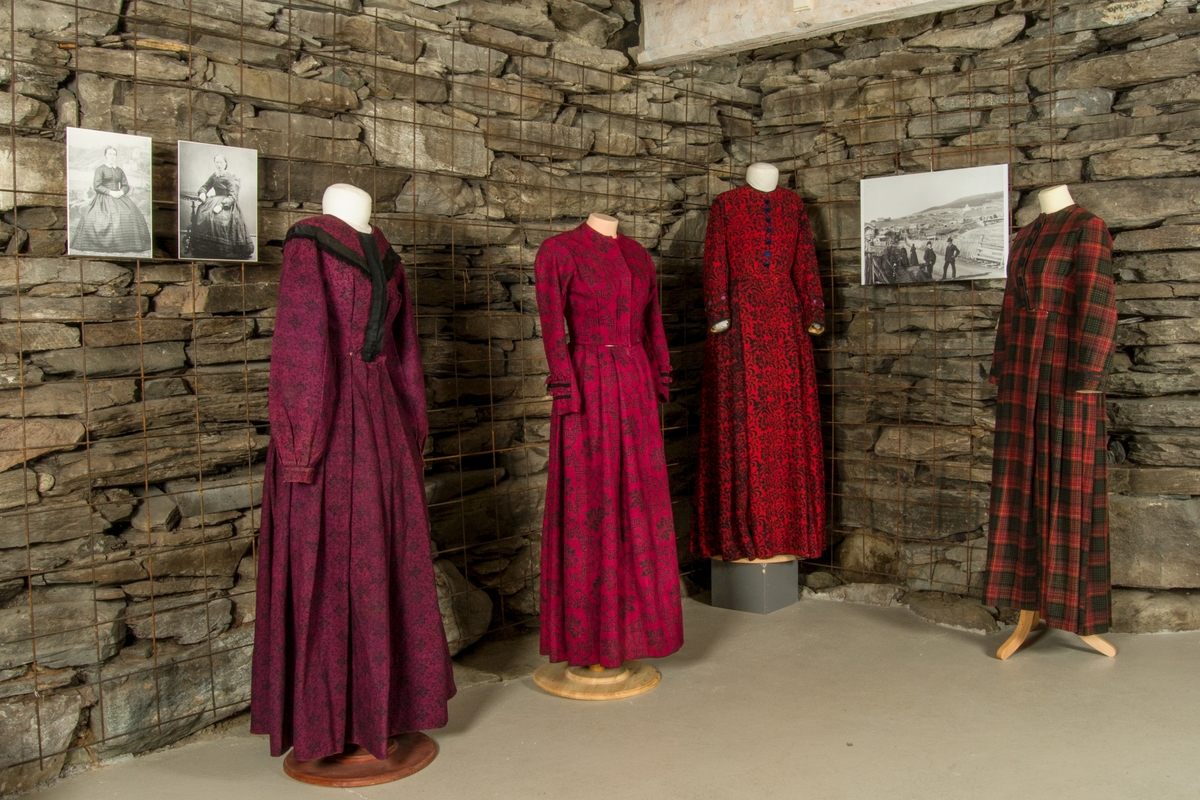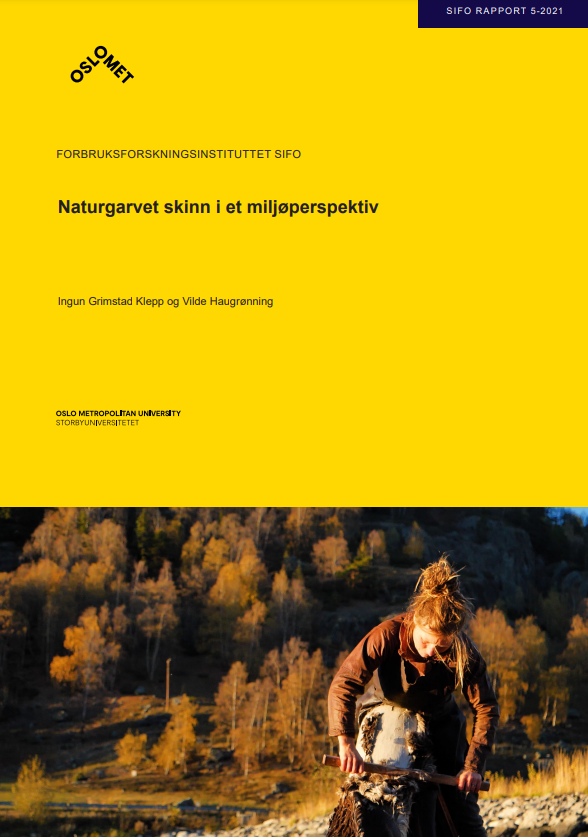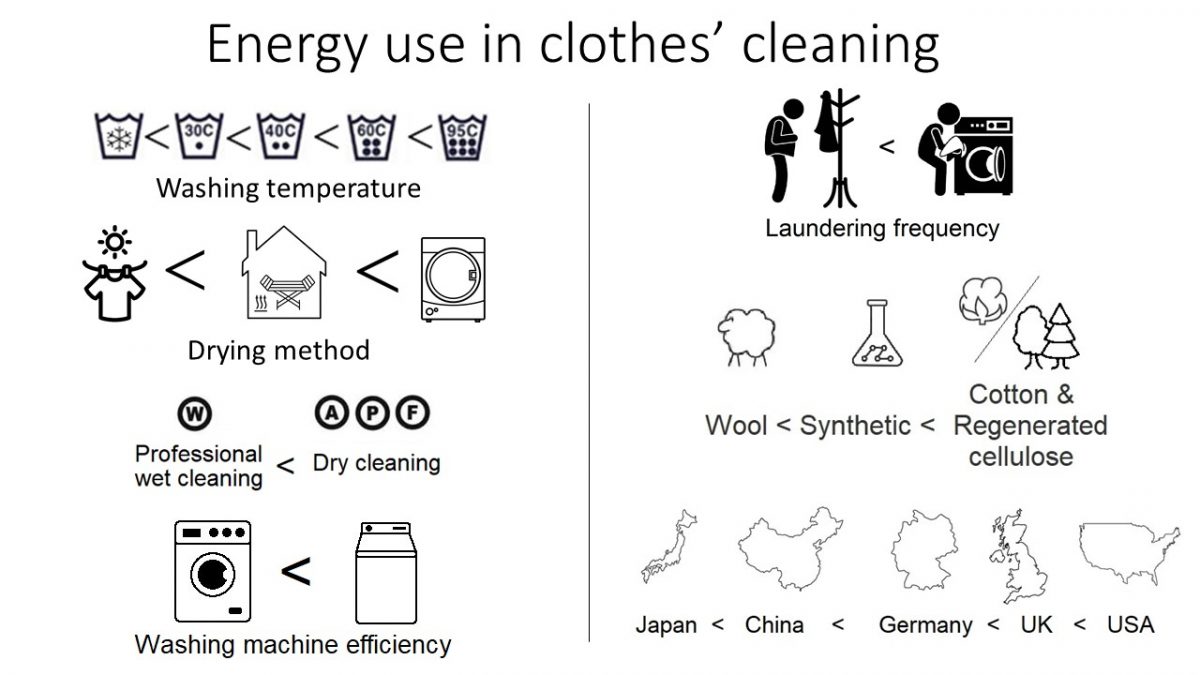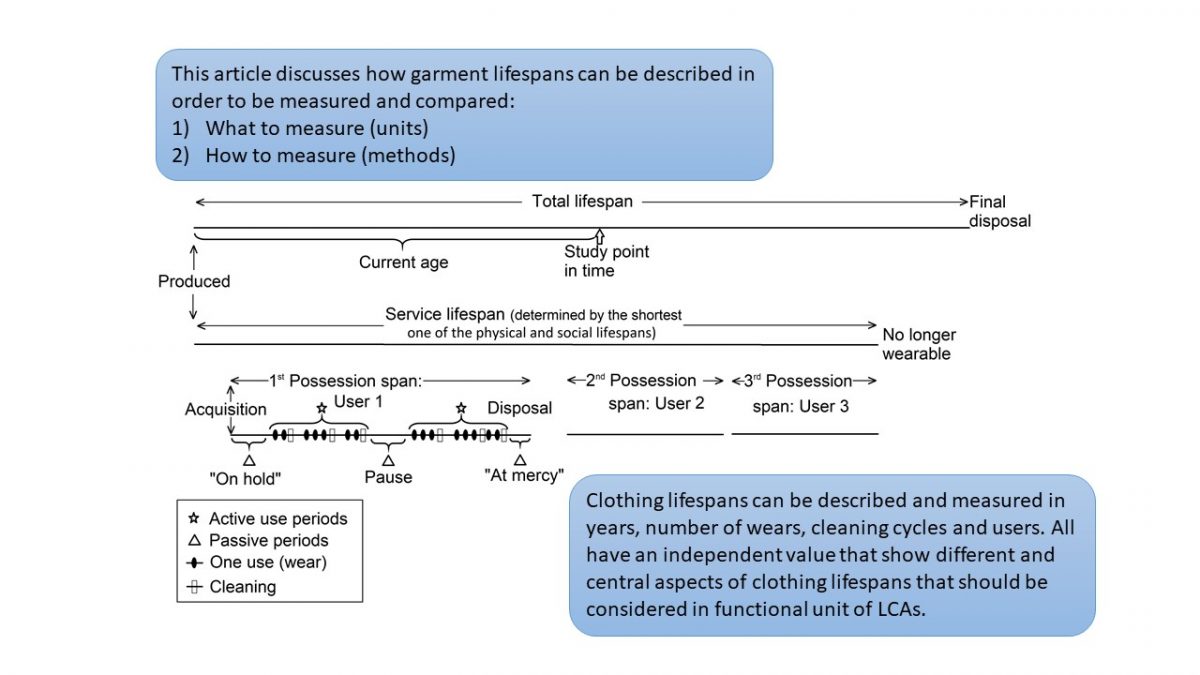Make the Label Count
Onsdag 13.oktober deltok Ingun Grimstad Klepp på lanseringen av Make the Label Count – en internasjonal koalisjon av organisasjoner som vil sikre at EUs nye merking for bærekraftige klær er troverdig og gyldig. Kampanjen stiller seg kritisk til EU-kommisjonens forslag om å bruke Product Environmental Footprint (PEF), fordi ordningen ikke tar hensyn til viktige miljøaspekter og ikke samsvarer med EUs egne bærekraftsmål. Standarden gir heller ikke et helhetlig bilde av et produkts miljøavtrykk.
Arrangementet ble innledet av Livia Firth, og de andre deltakerne i panelet var Paola Migliorini fra Europakommisjonen og Pascal Morand fra Fédération de la Haute Couture et de la Mode.
Du kan se arrangementet i sin helhet ved å klikke her (youtube)
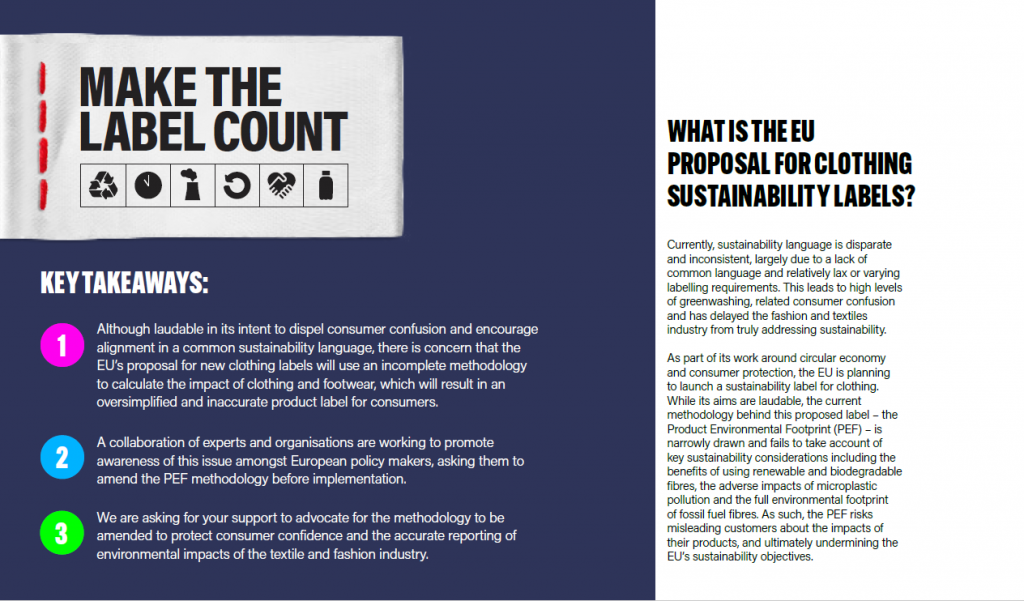
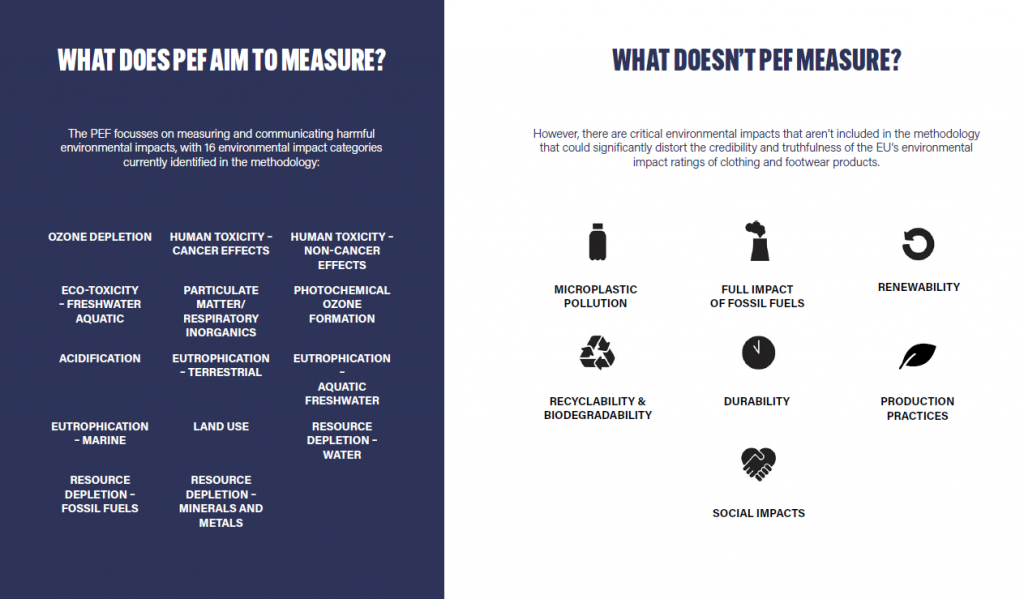
Klikk her for å lese mer om kampanjen og hvordan bli en del av den (maketelabelcount.org).
